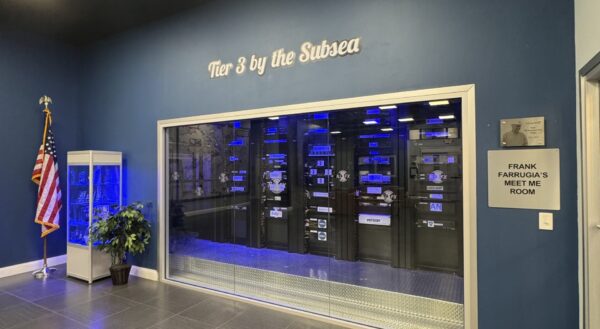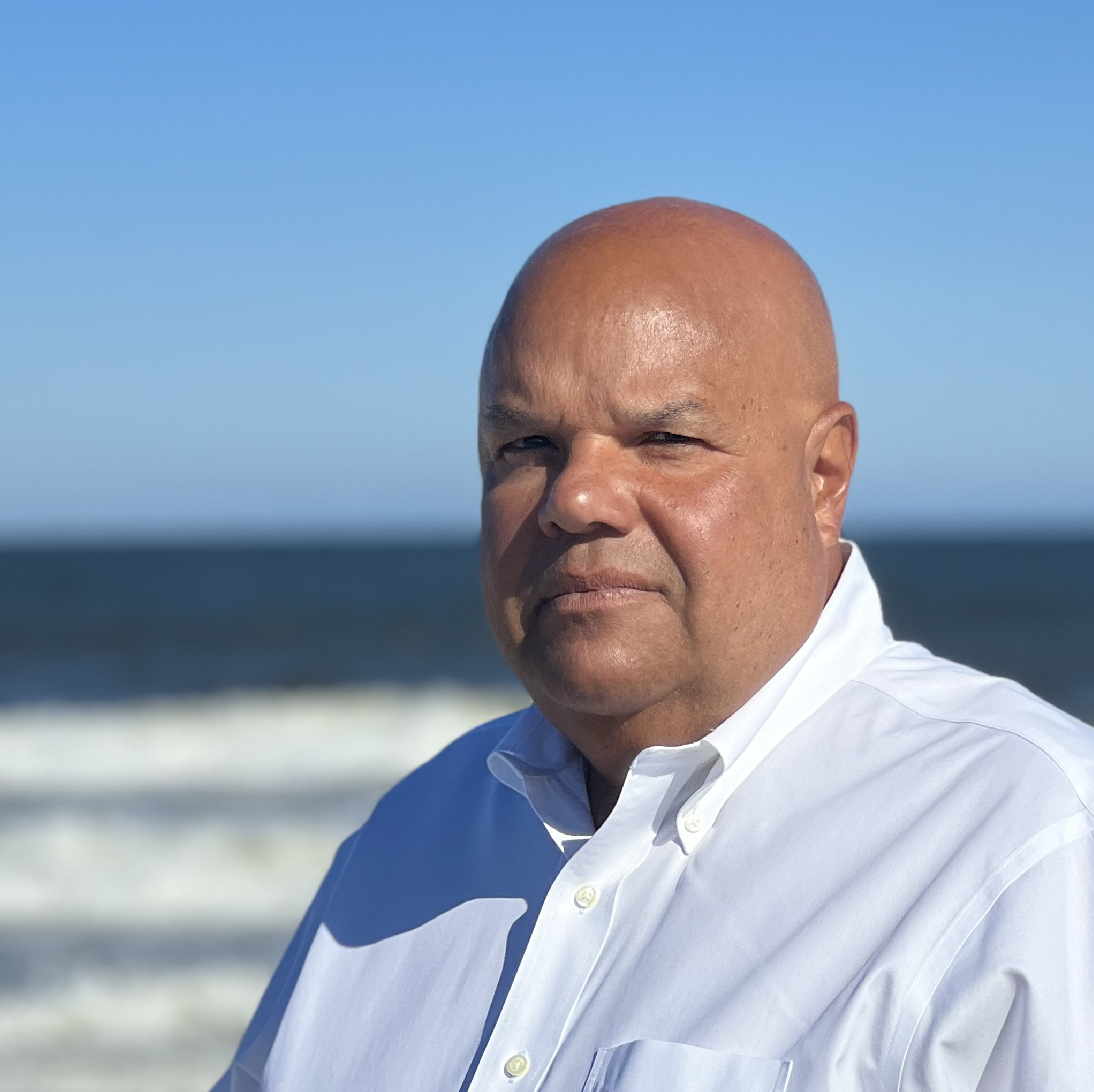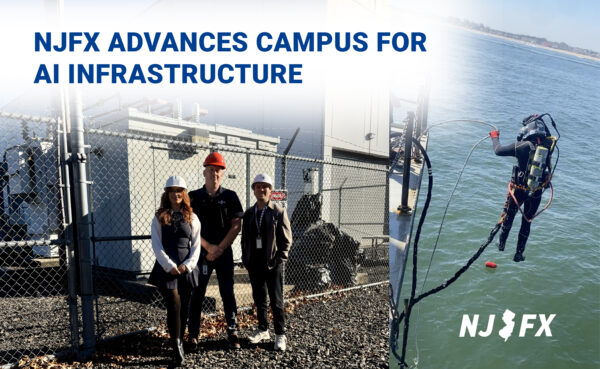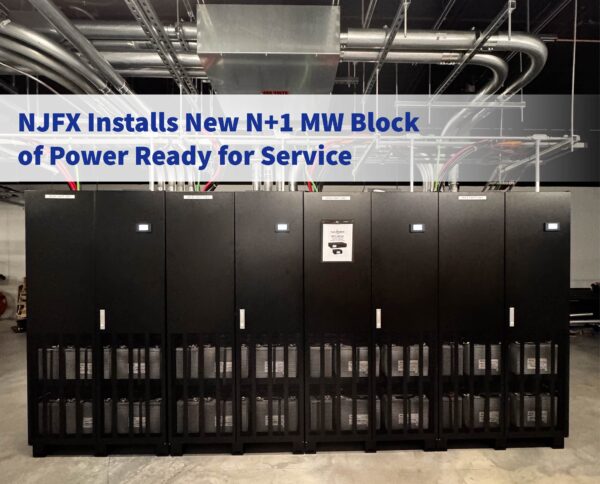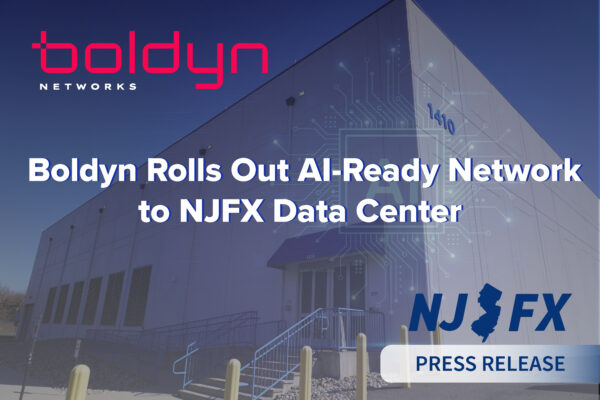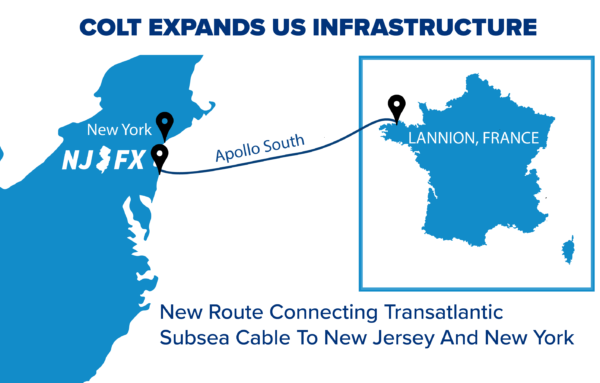Capacity LATAM 2023 Conference was live with over 700+ attendees in Sao Paulo with industry leaders discussing trends, challenges, and building concrete business connections. The future of exploring subsea projects and meeting demands was the main topic of a discussion that was moderated by Gil Santaliz, CEO of NJFX.
Participants on Panel:
Gil Santaliz, CEO of NJFX
(Moderator)
Steve Orlando, CEO of Seaborn
Andres Madero, CTO of Infinera
Federico Porri, Director of Submarine Cable Projects at TI Sparkle
Description of Panel:
With demand for new cables at an all-time high, the pressure on our industry to move fast and be more agile has never been higher. This need for speed, combined with the increased cost of capital, creates a challenge for the industry: go it alone or partner? This session will discuss:
- How we are overcoming higher interest rates and constrained supply chains to meet demand
- The changing role of hyper-scalers, carriers and independent operators deploying new systems
- The role of open cables and supplier diversification in keeping projects on track and deploying at speed
Before moving into the panel, Mr. Santaliz gave a brief history lesson on subsea cables that still hold significant value in the industry:
- 15 years ago Oi celebrated a decade of owning and operating Globenet – State of the art subsea system built by Canadian company in 2000.
- SAM 1 was still in midlife form passing traffic between 12 Countries with 16 landing. Celebrating 13 years of life and was still considered a modern cable 5 years ago.
- In 2017 the new age of subsea cables for LATAM arrived; Seabras, Monet and Brusa
- Then the SAC cable connecting Angola and Fortaleza, Brazil & SAIL connected to Cameroon, the world’s first submarine cable systems across the South Atlantic.
- In 2021 EllaLink Connected Europe and South America continent with landing points in Sines, Portugal and Fortaleza, Brazil.
- Curie connected US to Chile, Malbec Connects Argentina to Brazil and Firmina scheduled as a 16 pair fiber system will also connect the US and LATAM
After the history lesson, Mr. Santaliz did not waste time and jumped right into the matter of Subsea Infrastructure in Latin America:
Question & Topic #1
- What does Seaborn have on the horizon that will be shaking things up in the subsea world? Are we going to see 400G, Infrastructure as a Service and beyond?
- Do the folks here in LATAM understand Seaborn bypass Miami benefits with the environmental changes & growing size of frequency Hurricanes?
- TI-Sparkle also own pairs of fiber of Seabras. How do you see Seabras evolving for Sparkle? Capacity constraints? IP driven capacity growth or large Spectrum deals?
- How is Infinera uniquely supporting Seabras and the demand for increased bandwidth since its RFS in 2017?
Question & Topic 2
- Sparkle is major player in LATAM on multiple systems including uniquely on Curie. Tell us about how these new cables are changing costs, reliability and how LATAM connectivity is improving.
- Has data traffic routing and network topology changed significantly from North America centric 15 years ago?
- How does Infinera support these network architecture changes?
Question & Topic 3
- Interest rates have gone from 0 to 4 & 5%, how is this effecting business at Infinera?
- Is Sparkle looking at this market differently in this new interest rate environment?
- How has Seaborn investors mindset change in the last 12 months?
Question & Topics 4
- Today demand is at all time high and would say that there are only two major customers on subsea projects, is that true?
- How do you navigate when there are just 2 or 3 major players managing new subsea projects? New branching units, repairs and potentially new projects?
- Does Infinera have any challenges keeping up with new demand? Have you been challenged with long lead times for new installs and replacement parts? How do your customers manage?
- What will the LATAM market look like in 5 years? Will we see a change in topology or more redundancy options with the development of new Data Centers in Mexico or other parts of LATAM? How does Artificial Intelligence change network designs?
Gil Santaliz captivated a room with over 250 listeners intrigued at what the panelists answered with these enlightening questions that were raised. Make sure to not miss out on NJFX’s next panel discussing how best to meet connectivity demands across urban, suburban, and rural areas at
ITW 2023!
